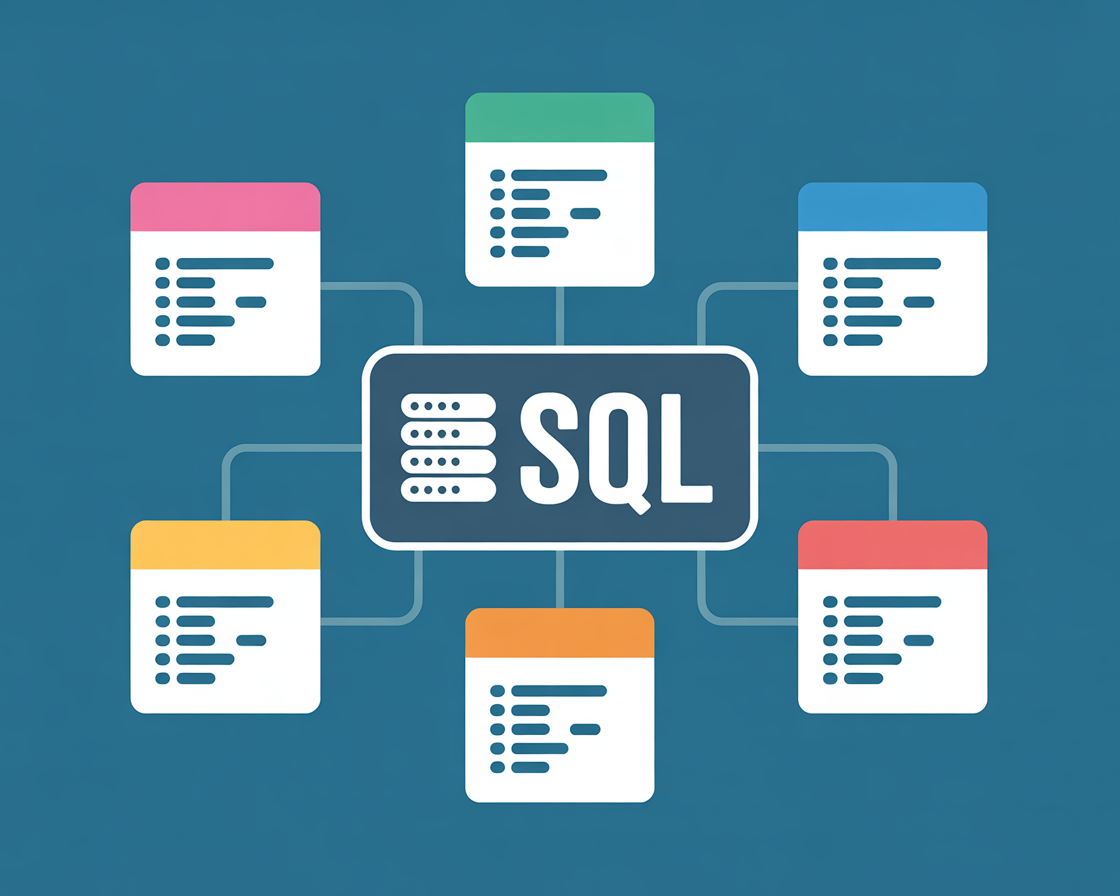

- Éducation
Can you master video game development with Beginner Software?
Hello dear reader,
This is S. K. writing to you!
Today I would like to talk to you about video games.
Have you ever played iconic games such as Call of Duty, Grand Theft Auto, or Super Mario?
There are many video games that may have been part of our childhood.
Have you ever imagined creating your own video game?
Personally, I dreamed of being a video game designer when I was a kid and very geeky!
The world of video games can be fascinating.
But it’s easy to think that creating video games must be complicated and laborious because you first have to learn difficult codes like C++.
You might also think that you need capital, to start a business, to have a team of game designers, or to hope that Sony or Nintendo will accept your game.
Guess what?
You can begin creating a video game solo with minimal resources, bypassing the need for capital, teams, or major studio approvals.
Let’s debunk common myths about game development software and show how you can start creating games today!
You don’t need capital, you don’t need to start a business, you don’t need a team, and you don’t need to beg Nintendo or Sony.
In fact, you can create your own video game all by yourself in your office with little or no money, then publish it on your website or on Steam.
Even with no-code game development software, you’ll need to master user-friendly tools to succeed.
If you dive headfirst into a game project and a video game creation tool without knowing how to use them, you will be lost.
You will need to choose the right video game development tools.
In fact, the right tools to use will depend on the type of game you want to make.
A simple game will require at least a simple, lightweight tool, but a very elaborate game will require a powerful tool!
Example: Flash games were developed with HTML5 and JS, while Minecraft was developed with Java.
I will show you the different solutions for creating video games on a case-by-case basis.
I invite you to read this carefully, think about it, and then choose the right training and tools for your project.
I – No-code solution:
Using no-code tools can be a good solution in many cases.
As you can imagine, this allows beginners to get started in video game development.
In fact, making games with no-code requires little training time and their tools are intuitive.
They are also ideal solutions for prototyping, testing ideas, or creating small, simple, and low-resource video game projects.
For example, you can create 2D games or educational games.
In addition, communities can offer ready-to-use templates or open-source content.
Please note: no-code solutions are not suitable for ambitious projects.
Don’t expect to create a GTA V with no-code.
There are limitations that prevent the creation of advanced 3D games, games with AI, or multiplayer modes.
Generally, no-code solutions are very limited in terms of customization and require additional payment for advanced features, such as WordPress plugins.
Are you interested in no-code solutions and do they fit your projects?
Don’t hesitate to learn how to use GDevelop or Buildbox!
II – The low-code solution: high potential without too much coding?
Have you ever heard of Unity or Unreal Engine?
These are increasingly popular solutions often used by independent developers for games available on Steam.
You can even see YouTubers developing games in low-code!
Guess what? The famous games Fortnite and Kingdom Hearts IV were developed with Unreal Engine!
Unity remains a good tool for high-quality mobile or narrative games such as Super Mario, Rust, and Night in the Woods.
Can low-code game development with Unity or Unreal Engine replace full-code solutions for your project?
Don’t get too excited: you’ll still need to learn how to use these solutions and the codes involved in order to get the most out of them.
Unreal Engine uses C++ and Unity uses C#.
We therefore recommend these two courses if you’re interested: “How to Program in C++” and “A Beginner’s Guide to C# and .NET.”
Before embarking on a low-code solution, it’s important to understand that there will be certain limitations.
In terms of graphics performance, you won’t be able to create ultra-realistic visuals, you’ll need to code to maintain visual scripting that is sometimes limited, and Unity and Unreal are not always equal.
For lighter games such as mobile games, Unity is the best choice, otherwise Unreal Engine combined with C++ remains excellent for heavier projects on PC and console.
With this solution, you benefit from advantages such as a strong community, decent graphics, and a rich ecosystem.
III – Code solutions: I offer you languages that are easy to use!
If you’ve played video games on PlayStation 2, GameCube, or even the first Xbox, you know that you’ve played games that were entirely coded.
After exploring no-code and low-code solutions, you can guess the advantages of full-code.
Total control, maximum performance if you use C++ or Rust, maximum customization, and no dependence on an engine or plugins.
The solution is theoretically 100% free.
In terms of results, you can expect beautiful, highly elaborate games like Red Dead Redemption 2, Battlefield, or Ace Combat 7—magnificent games!
As you can probably guess, no one and nothing can support you with full code.
Comprehensive training in coding will be required, and you will need to do a lot of development, edit visuals from scratch, and fix bugs and updates yourself.
This can be excellent if you really want to create an ambitious game.
Another point to mention that affects the level of difficulty is the project and language used.
If you are a beginner and want to develop a simpler game such as a basic RPG, 2D game, basic FPS, or arcade game, then here are two languages I recommend:
– Python: simply use Pygame (pip install pygame in the command console) and then use this library.
Other libraries are available, such as Ursina Engine and Panda 3D for 3D games.
Brython and Flask remain good libraries for online games.
Python is known for being relatively easy to learn and code.
If you are not concerned about graphics or the ambition of the video game, Python remains an excellent language.
– HTML/CSS/JS : It’s still full code, but you can create basic games that can be found on flash gaming sites rather than on consoles.
You’ll be limited in terms of creating 3D games; it’s still more suited to 2D and arcade-style games such as Snake, Tetris, or card games.
Creating games in HTML, CSS, and JS is even easier today and can be a good solution for prototyping.
You can use Websim AI: this AI uses HTML, CSS, and JS to create a wide range of content, including video games.
You can take a look and see the different projects.
If you want to test and learn AI for a video game and prototyping project, don’t hesitate to find an online course in AI.
Want to create ambitious and spectacular video games like those found on the latest consoles?
It will be essential to learn one or more of these codes:
– Rust: Ideal for creating video games and avoiding major bugs thanks to its memory security, and increasingly widespread in the world of video games.
Want to code in Rust?
We recommend “AWS Serverless Solutions with Rust” to get started.
– C++: Widely used, ultra-powerful, and proven in both low-code and full-code environments.
Video games such as The Witcher 3 and Final Fantasy VII Remake were coded in C++.
– C#: This is a simpler language to use and will also allow you to make interesting console games such as Cuphead and Hollow Knight.
Which video game development path suits your goals? Start exploring game development software for beginners today!
Conclusion
The world of video game development is more accessible than ever, offering a spectrum of solutions tailored to your ambitions and skill level. Whether you’re drawn to the simplicity of no-code platforms like GDevelop for quick, creative projects, the robust capabilities of low-code tools like Unity or Unreal Engine for polished indie games, or the limitless potential of full-code languages like C++, Python, or Rust for ambitious masterpieces, there’s a path for you. Each approach has its strengths: no-code for beginners, low-code for balanced flexibility, and full-code for ultimate control. The key is choosing the right tools and investing time to learn them effectively. With dedication, you can bring your childhood dreams of game design to life, whether it’s a simple 2D arcade game or a complex 3D epic. The journey starts with a single step—selecting the right training to match your vision. Don’t let myths about complexity or cost hold you back; the tools and communities are there to support you. Ready to create your own video game? Visit E-newcademy.com/en/ today to explore our comprehensive courses on game development, from no-code to full-code solutions, and start building your dream game now!
© 2025 E-newcademy SASU All rights reserved.



